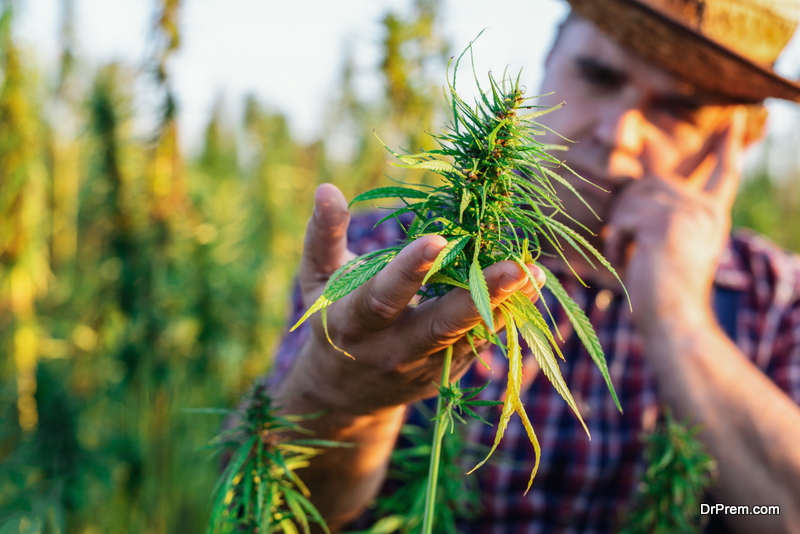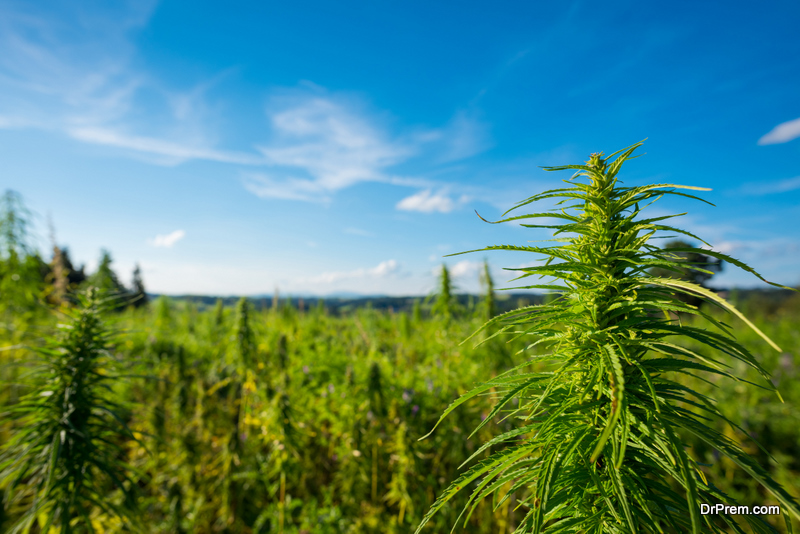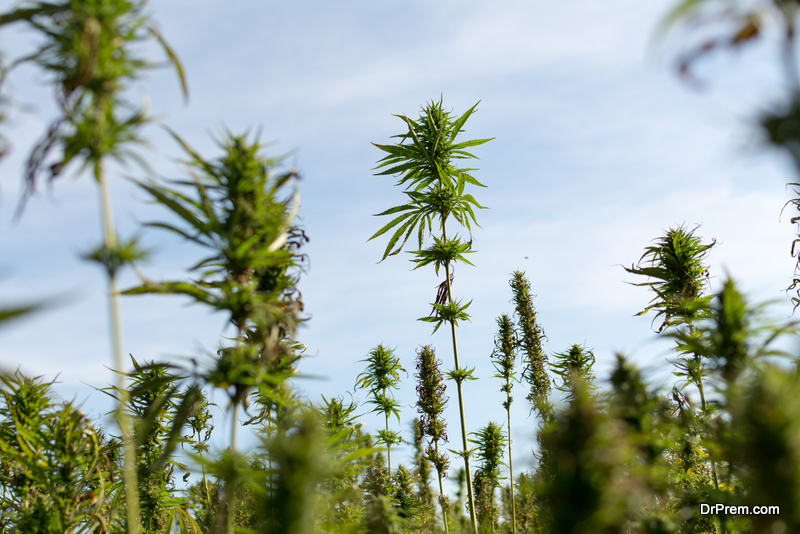It’s estimated that 83% of carbon emissions are directly or indirectly linked to food production each year. When the world is inching towards global warming, new farming methods must be adopted to help the environment.
Suppose you are interested in reducing the carbon emissions released from your farming activities each year. In that case, industrial hemp farming is the ideal way to reduce greenhouse emissions and earn a reliable income each year.
What Does It Mean?

Carbon farming is also commonly referred to as carbon sequestration. It is a type of agricultural farming that lets land (or soil specifically) store more carbon and reduce the volume of greenhouse gases present in the atmosphere.
The carbon dioxide is taken from the atmosphere and sequestered into the soil. Several agricultural practices today, such as regular tilling of the soil, usage of fossil fuel-based fertilizers and pesticides, have resulted in the significant release of carbon dioxide into the atmosphere.
To curb the carbon dioxide release and practice environmentally friendly practices that prevent excessive carbon dioxide release and let plants and the soil store the carbon dioxide, many farmers have begun adopting carbon farming.
Benefits
Several benefits can be derived from this type of farming that includes:
- Lower GHG emissions due to clearing vegetation
- Better air quality
- Increase in biodiversity in the area
- Acts as a good buffer against drought
- Increases soil health, including fertility, salinity & water retention
- Stores carbon in natural vegetation and soil
While you may feel like the benefits are solely for the environment, you can also benefit economically from industrial hemp. Reduced use of pesticides, fertilizers, and herbicides reduce yearly costs for your agricultural land while holistically improving soil health.
As your soil health gradually improves, you will stop buying many additives and enhancers to increase its annual yield. Economically, you will be able to save more each year when you introduce carbon sequestration in your land.
In specific cases, there has been an increase in crop production and less polluted groundwater. You will be able to have increased yields over time with the perfect technique.
What Is Industrial Hemp Farming?

As industrial hemp is harvested upon maturation, it is likely that there won’t be a high level of carbon sequestration in the visible growth above the ground or the roots of the hemp plant.
However, the main component that helps hemp become a carbon farming-friendly crop is its symbiotic relationship with Arbuscular Mycorrhizal fungi (AMF). AMF helps promote plant growth and enhances the rate of carbon sequestration in a plant.
The Soil Organic Carbon discharged by the roots of the hemp plant can be found as deep as 2 meters (which is how long the roots are) and is ideal for carbon sequestration and improving soil fertility.
How Industrial Hemp Farming Helps Soil Fertility and Carbon Sequestration
One hectare of industrial hemp can absorb up to 22 tons of carbon dioxide. Two crop rotations can be done per year with industrial hemp.
Since AMF helps hemp plants grow, more Soil Organic Carbon is discharged from the roots during this period. It lets the plant absorb more carbon dioxide from the atmosphere and sequester it deep in the soil.
However, you should know that increasing the fertility of your agricultural land is not a short-term process. You may need to use eco-friendly fertilizers for at least two years after you begin industrial hemp farming. It will let your soil develop more nutrients and sequester enough carbon to grow crops without additives later on.
Since hemp is known for growing exceptionally well in degraded soil, it is the ideal transition plant for your agricultural land when you want to start the process of switching over to carbon farming.
Farm Industrial Hemp to Help the Environment

When you begin industrial hemp farming, your main aim should be to increase the population of AMF in your soil so it can allow for better development of your crops and increased carbon sequestration.
Industrial hemp has been proven scientifically to absorb more carbon dioxide per hectare than any other forest or commercial crop. It makes it the ideal carbon sequestration crop for being more sustainable and environmentally friendly.
The crop can grow on soil that isn’t rich in nutrients with a small amount of water and no fertilizers. The convenience and benefits of growing industrial hemp make it the ideal crop to help you offset carbon emissions and maintain a stable income within a short period. You can use this method to improve your revenues and adopt an environment-friendly approach to farming.
Article Submitted By Community Writer


